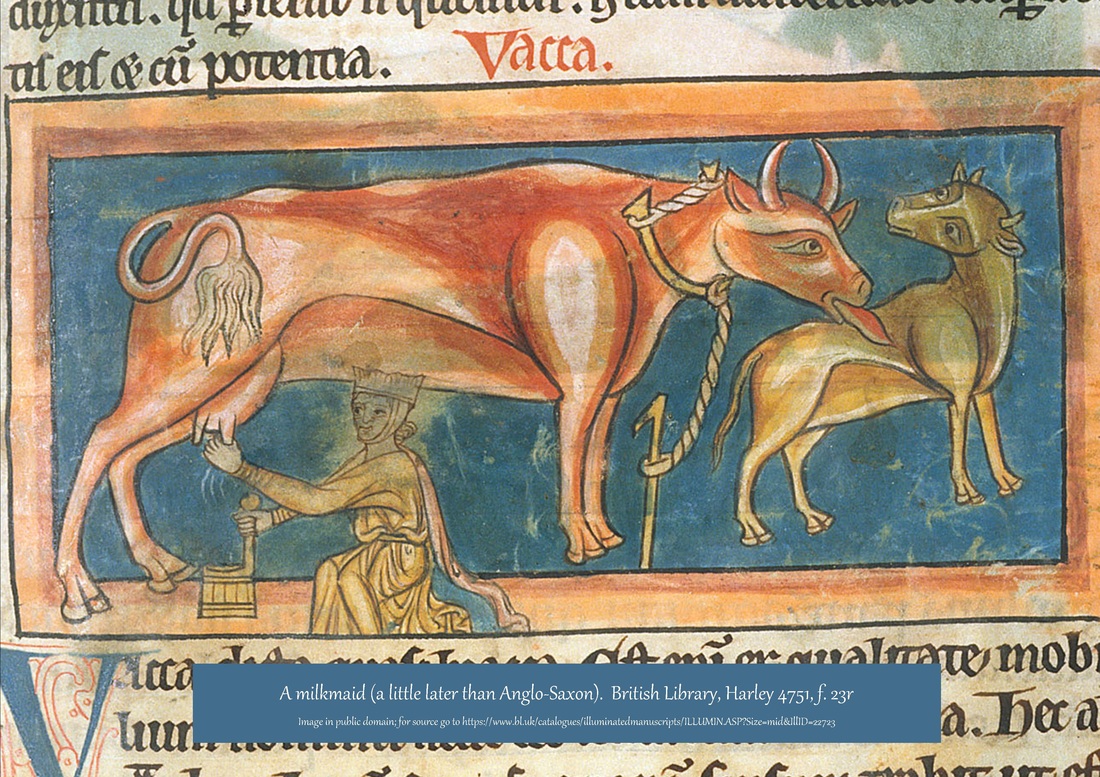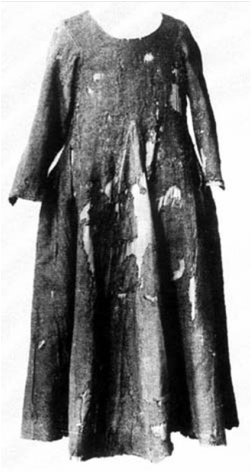New Scientist , that veritable repository of leechdom wisdom, has announced what we Anglo-Saxons have known for centuries, that leeks, garlic, wine and bullock’s gall – mixed in a brass vessel and left for nine days, I might add – is a pretty damn good potion for getting rid of nasty eye swellings – and something you twenty-first-century persons refer to as a ‘hospital superbug’. (What’s a hospital?)
Why only last week I used some myself in overcoming an infliction of sticky eye (I think you call it conjunctivitis), which accompanied the most epic of chest infections (we monks are prone to such things – no central heating yet). Well, do enjoy the read, blessed ones. And just to add that I’ve lined up an interview with one of the scholars on the Nottingham project exploring the efficacy of Anglo-Saxon remedies, so keep tuned...
0 Comments
Have you ever wondered, blessed readers, what it was like to confess in the year 999? But of course you have. Well, wonder no more... for now, via the magic of anglosaxonmonk productions, you can actually listen in to this most secret of sacraments. Not only will you meet Wealhtheow the penitent milkmaid and her bona fide Anglo-Saxon confessor, but you get to rub shoulders with Beowulf and even the Lord God himself! Just mind the cow pats ...
Naked bodies are never incidental in medieval art.
There’s always a reason behind the exposure of flesh, and particularly the exposure of genitals – not something with which I have a great deal of experience, blessed readers. That reason, however, is not always the same. In biblical narrative art, for example, the naked body can convey both innocence and sinfulness: there's only a fig leaf between sinless docility and the awakening of rampant desire. In scenes representing Judgement Day, the soul is usually depicted as a naked body as if to emphasize that we’re all naked before the Lord. Nakedness is often linked to shame or humiliation, but the context determines whether we’re meant to engage our feelings of compassion or utter a disapproving Tut! Tut! at the sheer excess of it all. So there are the poor, naked ‘least brethren’ of Christ’s parable, whom we will want to clothe as if they were Christ himself (Matthew 25:36, 40); see the ivory roundel above; and then there are those blatant exponents of luxuria who rightly meet with our severest disapprobation. Outrageous! The most mercurial manifestations of nakedness in manuscripts are those really, really rude marginalia. Just what are we meant to think of half naked men balancing a spindle between their nether regions whilst inhabiting the floral border of a lady’s book of devotion? I jest not! I’m reddening even now at the prospect of taking you there ... Notwithstanding the repeated censuring of my betters against impious Heathen ways, I have to admit that Anglo-Saxon charms are, quite simply, fascinating. But then I am a bit of a naughty monk at times.
Surviving in a range of manuscripts, the earliest of which are tenth-century, these incantations provide us with insight into the way facets of pagan heritage and culture endured within Anglo-Saxon Christian society. Many of the charms relate to medicine, for curing things like ague, diarrhoea and elf-hiccup – what do you mean elves don’t cause hiccups? Of course they do! Other charms may be sung for protection when you're about to embark on a long journey; others for improving the productivity of your land. Some of the charms, such as the one I’m going to focus on here, have been to some extent Christianised. You may be required, for example, to utter the Paternoster (the ‘Our Father’ prayer) over your neighbour’s nasty black ulcers, or nine times invoke an angel and the Lord whilst spitting on his painful leg – let’s hope you’re good friends!
Doreen Gunkel is an independent researcher from New Mexico, USA, who with great gusto is getting to grips with her ambitious plan to recreate a medieval woman's garment, from fleece to final product. The original garment is from Greenland; and, funny enough, it is now popularly known as 'the Greenland gown'.
I had the great pleasure of interviewing Doreen in order to find out what motivated this intrepid re-creator to take on what must be the ultimate in retro-style makeovers. |
Details
|








